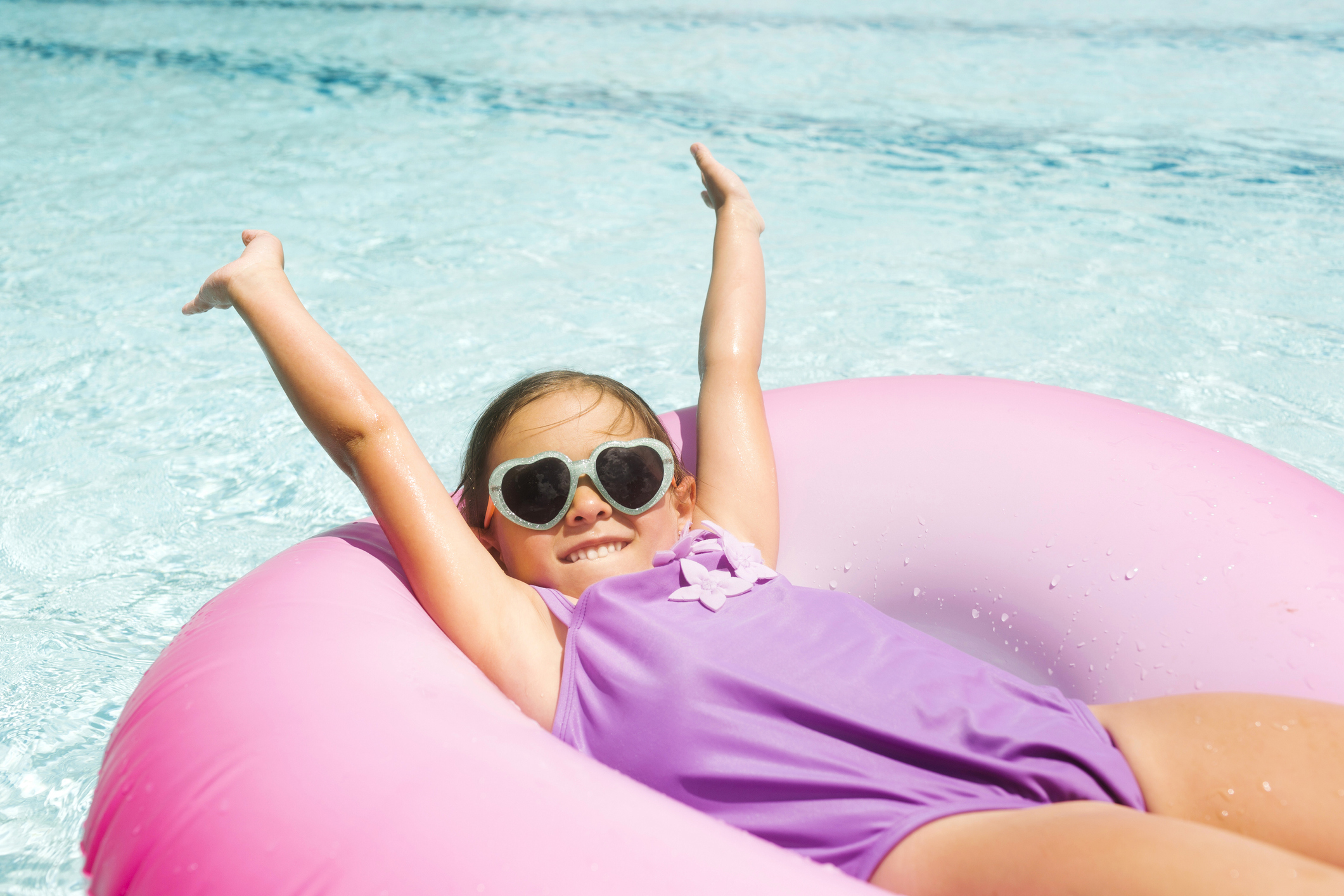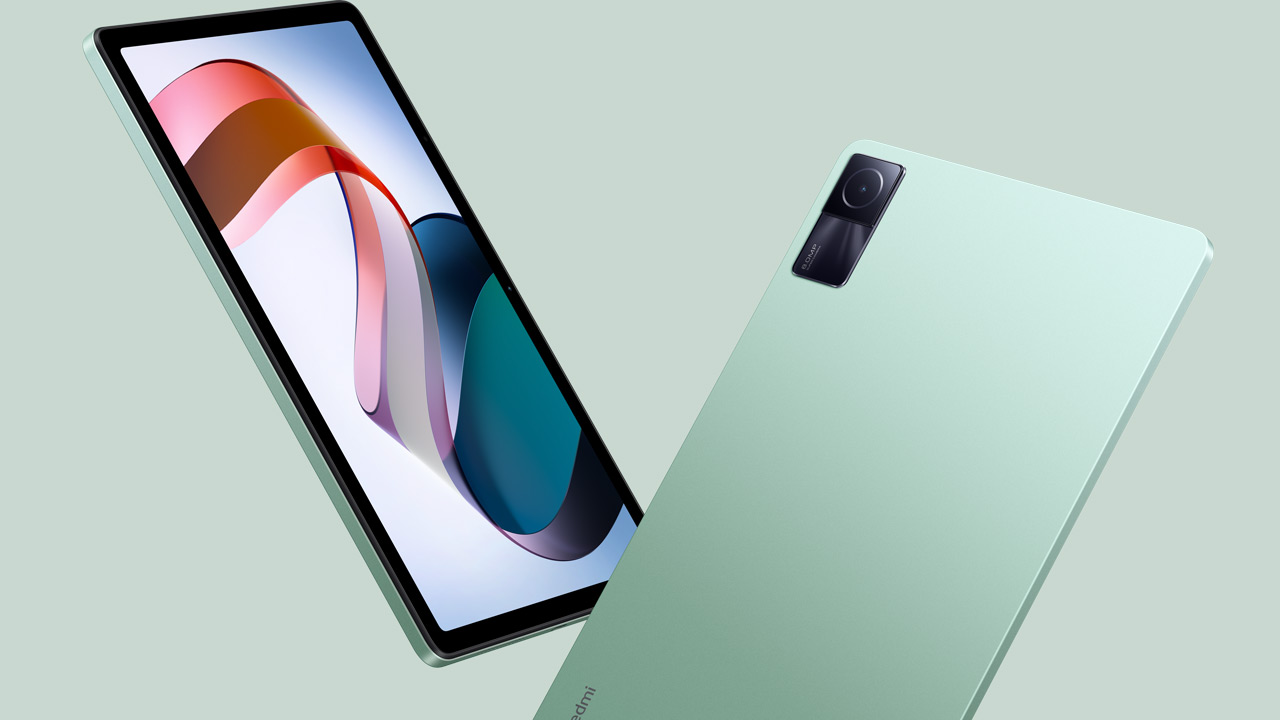Sun power: you need to know this
Image: Getty Images
The sun is shining and your child is playing outside. But how long can your child actually go unprotected in the sun? You can read that and more facts about the sun’s power here.
What is sun power?
The sun’s power is a number that indicates how much ultraviolet radiation (UV radiation) in the sunlight reaches the earth. So you also call the sun power the UV index. In the Netherlands, this can vary from 1, very little UV radiation, to 8: the maximum amount. In other countries, for example, which are close to the equator, it can be even higher, such as 10 or even 12.
When the sun is higher in the sky, the UV radiation increases. It also varies by season – it goes without saying that the sun is more powerful in the summer. You have to pay attention, especially between twelve and three o’clock in the afternoon: the chance that your child will burn is the greatest. You might think that the heat has something to do with it, but it isn’t. On a cool summer day, the sun’s power can be just as strong or even stronger than when it’s warm.
UV index
The UV index is divided into 5 categories:
- 1-2 almost no sun power
- 3-4 weak sun power
- 5-6 moderate sun exposure, skin burns easily
- 7-8 strong sun power, skin burns quickly
- 9-10 and above very strong sun power, skin burns very quickly
Also read:
This is how you protect your child from the sun ->
How long in the sun?
If you want to know how long your child can safely play in the sun unprotected, it is very handy to calculate. For that you need to know the sun strength and the skin value of your child. The latter is determined as follows:
– 60: someone who burns very quickly + children up to 10 years
– 100: someone who burns quickly
– 200: someone who rarely burns
– 300: someone who never burns
You can therefore always maintain skin type 60 with (young) children. You calculate as follows: divide the number of the skin value by the sun strength. For example, if the sun power is 7, then you divide 60 by 7: your child can go unprotected in the sun for a maximum of 8 minutes.
Lubricate well
Burning your child’s skin can have consequences. This can cause allergic reactions and his defenses may be reduced. Inflammation of the cornea can also occur. If your child gets sunburnt often, there are also long-term adverse effects. For example, pigmentation spots, eye damage and there is a risk of skin cancer.
To prevent your child from getting sunburned, it is important to rub him well with sunscreen. Preferably use a factor of 50, but in any case 30. Always reapply your child after he has been in the water. To protect his eyes, it is also important to let your child wear good sunglasses.
Source: KNMI & Weer Online



